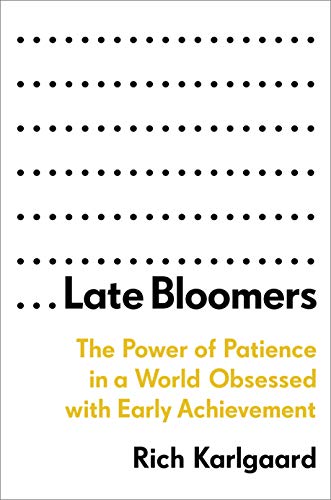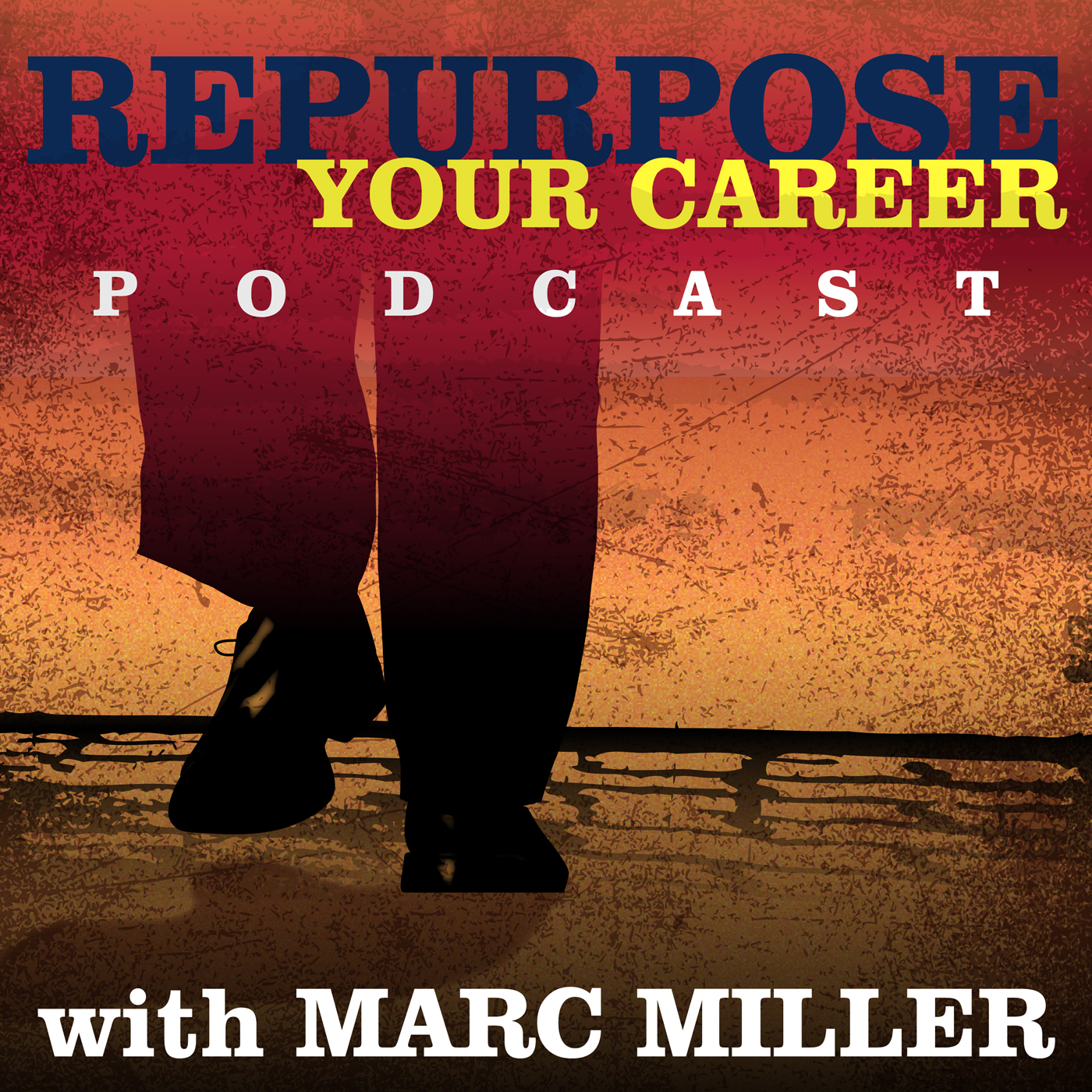The Power of Patience
 Late Bloomers, The Power of Patience in a World Obsessed with Early Achievement by Forbes publisher Rich Karlgaard caught my attention after reading an April 2019 Next Avenue blog post called 3 Cheers for Late Bloomers.
Late Bloomers, The Power of Patience in a World Obsessed with Early Achievement by Forbes publisher Rich Karlgaard caught my attention after reading an April 2019 Next Avenue blog post called 3 Cheers for Late Bloomers.
I think of myself as a bloomer (not sure what kind!), so I jumped on the request to read and write a review.
It is very timely on many levels. The Introduction sets the stage about the competitiveness and obsession for achievement prevalent today to attend the most prestigious schools, be the best athlete, and work for the best companies, all to obtain early success and status. The current college admissions scandal, where celebrities with fame and fortune gamed the system for their children, certainly illustrates this.
Late Bloomers
Karlgaard proceeds to offer additional sobering facts about the impacts on our society – increasing levels of emotional distress, depression, and suicide. In contrast, he defines a late bloomer
“…as a person who fulfills their potential later than expected; they often have talents that aren’t visible to others initially. The key word here is expected. Late bloomers are those who find their supreme destiny on their own schedule, in their own way.” (p. 14)
In the chapters that follow, Karlgaard presents many examples of the challenges and advantages of being a late bloomer, along with specific tools for finding a path to success later in life.
The book validates my continued interest and research to find my own hidden talents and passions (a pivot) and why I am a member of the Career Pivot (CP) community.
Finding Success
Following are specific examples, relevant to not only my work journey but which underscore CP community content and discussion.
Karlgaard’s good narrative, with data, demonstrates that age discrimination is alive and well. He counters with numerous real-life stories about late bloomers who have overcome this, and the qualities that led to their success. It reinforces an important fact in our work journey:
“The critical thing to remember is – we cannot give up on ourselves, or others, even (and especially) if society has made it harder to catch up.” (p. 42)
Others have amplified this viewpoint as well, notably in Career Pivot podcasts This Chair Rocks! with Author Ashton Applewhite (Episode # 118), and Patti Temple Rocks, author of I’m Not Done: It’s Time to Talk About Ageism in the Workplace (Episode #124).
The Germine-Hartshorne study chart in the chapter “A Kinder Clock for Human Development” (p. 92), clearly shows we get better as we age. As we seek to pivot to our next job, passion or community service, this is good news. The key
“…is that we have to be willing participants. We have to invest in our health, in our curiosity about the world around us, and in our learning. When we do, we can enjoy multiple brain peaks in our lives and multiple personal bloomings.” (p. 93)
I see this firsthand in the CP community!
However, this notion flies in the face of the traditional career path of up-and-out – you reach a certain age and you “retire.” What a waste of human capital, knowledge, and experience! Society and companies need to leverage this resource –
“A kinder career arc would acknowledge that nearly all employees peak at some point, but even “past peak” senior employees can make valuable contributions.” (p. 100)
Tools to Help
Of all the specific advice and tools provided in the book, three are particularly important:
- First, quitting – the path we’re on, the lousy job, the class we hate, the friends and associates that hurt rather than help, and the life we regret (p. 149). This is again contrary wisdom that quitting is a sign of weakness, that one will never succeed or that we run at the first hint of adversity. However, a deeper analysis reveals a maturity and self-knowledge seeking to know who we are and what we really want to do. “… quitting is the process of growing, the process of living.” (p. 163). This supports the perspective and discussion in another work I have found helpful, Necessary Endings by Henry Cloud.
- Second is the power of self-doubt. As we mature, there are many life and work challenges that shake our confidence and self-worth. We can then set ourselves up for failure by using self-defeating actions such as procrastination or making stuff up (aka MSU!), but the author provides critical tools – self-talk, framing/reframing, and self-compassion – that are needed as we navigate the ever-changing work environment. “These techniques are foundational to late bloomer success, leveraging many of the traits – curiosity, compassion, resilience, equanimity – that make us exceptional.” (pp. 187-188). Again, this echoes important Career Pivot community advice (i.e., “poking”!).
- Finally, there is repotting – personal reinvention. This is not an easy and short-term process. It comes with risks (personal and financial). This is really about change, never easy or straightforward. We need to ask, “Am I in the best possible pot to bloom?” (p. 195) Joining peer groups like the Career Pivot community provides a low risk, high reward place to seek advice and counsel for change while giving back to the community. This starts with a commitment to change, to take that first step, not worrying if it’s not perfect. The key is to start. “We genuinely want to see what’s around the corner or over the hill. These late bloomer strengths enable – even propel – the change we need to find the right people and the right place to help us thrive.” (p. 203)
Despite an initial concern that the book would be more theory or science-based, it is an easy read and I recommend it highly. It supports and underscores many of the issues and trends from my own reading and research, as well as the discussions, mastermind groups, and support from the Career Pivot community.
 This post was written by David Jenkins. David holds a Master’s Degree in Business Administration (Management) from Loyola University (Baltimore) and a Master’s in City and Regional Planning from Catholic University (Washington, DC). He has extensive experience in management in a variety of for-profit and non-profit positions in Southern Maryland. This also included a partner/owner of a small consulting firm.
This post was written by David Jenkins. David holds a Master’s Degree in Business Administration (Management) from Loyola University (Baltimore) and a Master’s in City and Regional Planning from Catholic University (Washington, DC). He has extensive experience in management in a variety of for-profit and non-profit positions in Southern Maryland. This also included a partner/owner of a small consulting firm.Like What Your Read? Get Career Pivot Insights
Do You Need Help With ...

Check out our Help Center where you have access to 14 different content portals.



Great review, David. I have read the book as well and I found it very easy to read. I definitely recommend it!